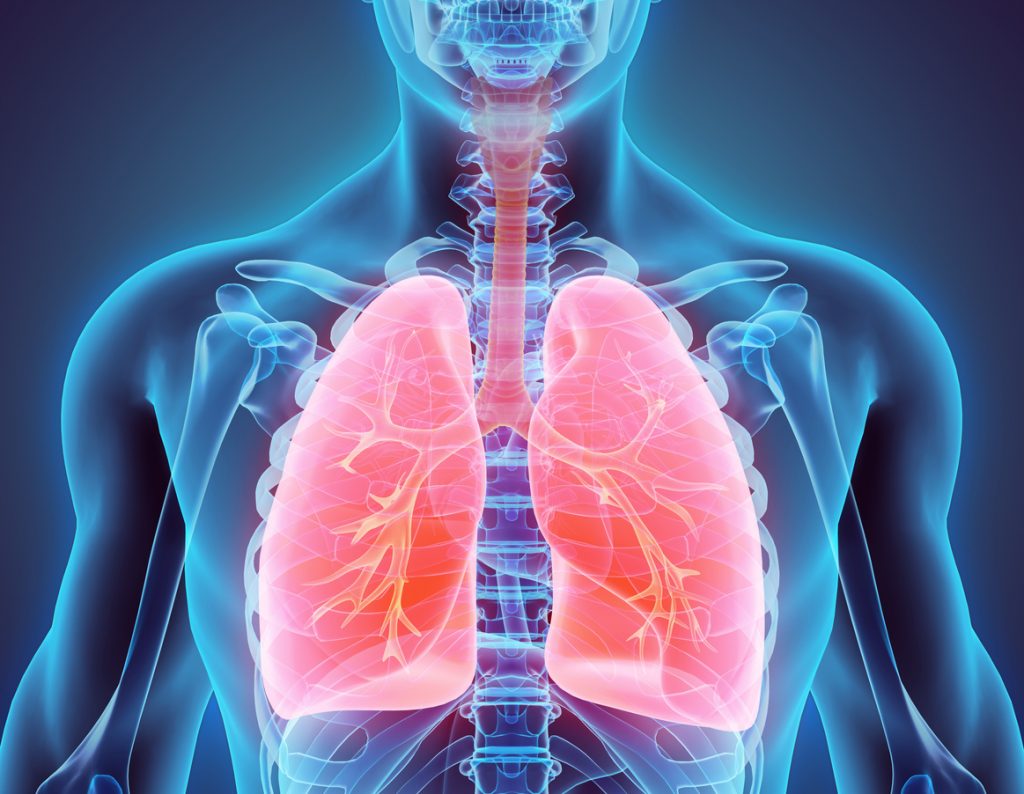Bronchoscopy
How the Test is Performed
Bronchoscopy is an endoscopic test which uses a fibre-optic intrument called a bronchoscope, to look inside the tubes of the lungs – the bronchi. The instrument is thin and flexible, and can be manoeuvred through the branching system of bronchi by a highly trained expert, usually a Respiratory Physician. This procedure would be impossible to tolerate without sedation; subjects are usually heavily sedated or anaesthetised. The procedure is usually performed in an operating theatre or dedicated bronchoscopy facility, as a day procedure, where patients are allowed home after they have recovered fully from the effects of their anaesthetic.
Medical Conditions and Symptoms
Bronchoscopy may be requested to investigate an abnormality on a Chest X-Ray or CT scan of the chest, to look for an inhaled foreign body (such as a peanut in a young child), or to investigate bleeding from the airways or lungs (coughing up blood is known as haemoptysis).
Test Results Explained
Bronchoscopy results will usually give a visual description of any abnormalities encountered in the bronchi. If tissue biopsies are taken, the results of these may take a couple of weeks or more.
Related Specialists
- General Practitioner
- Respiratory Physician
- General Physician
- Intensivist
- Anaesthetist
- Cardiothoracic Surgeon
- ENT Surgeon
- Oncologist
- Palliative Care Physician
Related Procedures
- Tissue Biopsy
- Intravenous Cannulation
Related Tests
- Respiratory Function Tests
- Peak Expiratory Flow Rate
- Chest X-Ray (CXR)
- Chest CT
- Liver Function Tests
Also Known As
- Bronchoscope
- “scope” (informal)
Links
A: Use HealthEngine to find and book your next GP appointment. Click on the following locations to find a GP clinic in your state or territory.
This article is for informational purposes only and should not be taken as medical advice. If in doubt, HealthEngine recommends consulting with a registered health practitioner.
All content and media on the HealthEngine Blog is created and published online for informational purposes only. It is not intended to be a substitute for professional medical advice and should not be relied on as health or personal advice. Always seek the guidance of your doctor or other qualified health professional with any questions you may have regarding your health or a medical condition. Never disregard the advice of a medical professional, or delay in seeking it because of something you have read on this Website. If you think you may have a medical emergency, call your doctor, go to the nearest hospital emergency department, or call the emergency services immediately.








